5 Tips to Help Your Child Learn to Swim Faster
Think about this…if your child swims with us once a week that is one half hour lesson a week. That would be like getting one 30-minute reading or...
3 min read
Kayla Blantz : Jan 12, 2016 2:12:24 PM
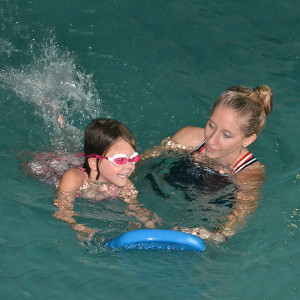

 Knowing that your child is safe in and around the water is a priority for many parents, and swim lessons become a common part of many childhoods to fulfill this need. But how long should children stay in lessons?
Knowing that your child is safe in and around the water is a priority for many parents, and swim lessons become a common part of many childhoods to fulfill this need. But how long should children stay in lessons?
Often times parents become excited as they see their child’s fear of the water disappearing, or as they learn some of the basic fundamentals of swimming. Once their child begins to become more comfortable and independent in and around the water, they begin to wonder how much time is necessary to stay enrolled in swim lessons. While there is no magic number, as each child is an individual with different emotional and developmental abilities, we have provided some advantages to continuing swim lessons beyond learning just the basics. In addition, you'll find information on programs that can help students continue to strengthen skill sets that you may not have known about.
Your child can submerge their face and blow bubbles, hold their breath longer, float on their back, submerge completely to retrieve objects, and even front crawl! This is a very exciting time for parents, especially if your child started swim lessons with a fear of the water. But there is so much more that they can learn, and additionally, many more benefits to keeping them enrolled in a swim program.

Need goggles or swim caps? We've got you covered!
Once a student has mastered the front crawl, they can begin to learn other advanced swim strokes. Learning new and different types of swim strokes is important, as each stroke puts your body in a different position and requires you to use different muscles. This becomes significant when a swimmer would find themselves in a situation where they may need to swim farther than they realized. Moving from one swim stroke to the next can allow other muscles to recover if they become tired. Learning additional swim strokes is also beneficial if the swimmer wants to become competitive in swimming, as it helps strengthen more muscles and builds endurance, in addition to providing more options for competition. Swim strokes that students can learn in our swim program include: front crawl, backstroke, butterfly, breaststroke and sidestroke. At Swimtastic, we offer Stroke Clinics that help students perfect a specific swim stroke.
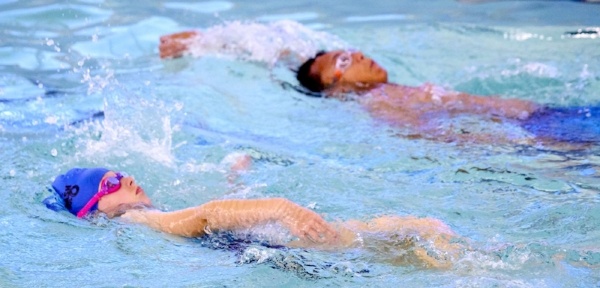
If your child loves swimming, there is a chance they could become interested in competing competitively. Staying enrolled in swim lessons helps students to avoid digression in skill, and allows them to continuously improve their form and skill set. In addition to advancing through continuous swim lessons, Swimtastic has a Recreational Swim Team. This program is popular with children advancing more rapidly through Swimtastic’s programs. It focuses on self-improvement and engages your child in advanced drills, stroke technique and fun in a team atmosphere.

See why everyone's diving into Swimtastic Swimming Lessons!
Swimming is one of the few activities that works muscles in your legs, abdomen, shoulders and arms, targeting the majority of your muscle groups. Not only is swimming a full body workout, it is fun! Most students find swimming enjoyable versus looking at it as exercise. This is incredibly helpful if you have a child that you wish to spend more time being active rather than spending time in front of a screen. In addition to working your major muscle groups and keeping you active, swimming is low impact and does not put stress on your bones, joints and connective tissues. As a non-contact sport, there are fewer risks for injuries caused by collisions. Also, children with asthma can find many exercises to be difficult. Swimming, however, is one of the best exercises for children suffering from asthma; the moist air around the pool creates an environment that can reduce exercise-induced asthma attacks.
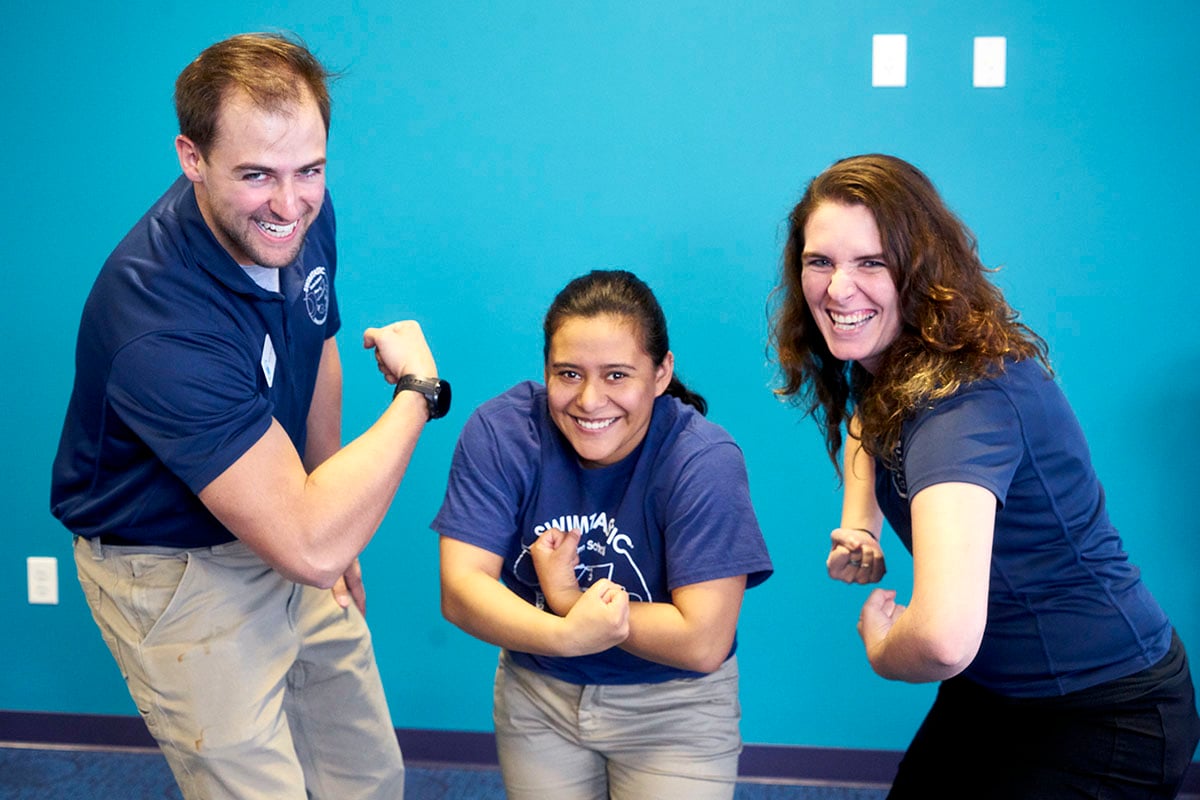
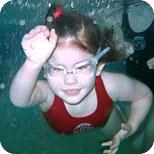
Once a student has learned the basic swim strokes, they can learn the sidestroke. While the sidestroke is not used in competitive swimming, it is a popular stroke to learn as it can be used to assist other swimmers in danger. This particular stroke only requires the use of one arm, allowing for a swimmer to assist another individual in the water with their free arm, helping guide them to safety.
While learning to swim is the primary goal of swim lessons, these benefits and more are great advantages to staying enrolled. If you wish to learn more about our Stroke Clinics or Recreational Swim Team for your child, follow the links below:

Think about this…if your child swims with us once a week that is one half hour lesson a week. That would be like getting one 30-minute reading or...
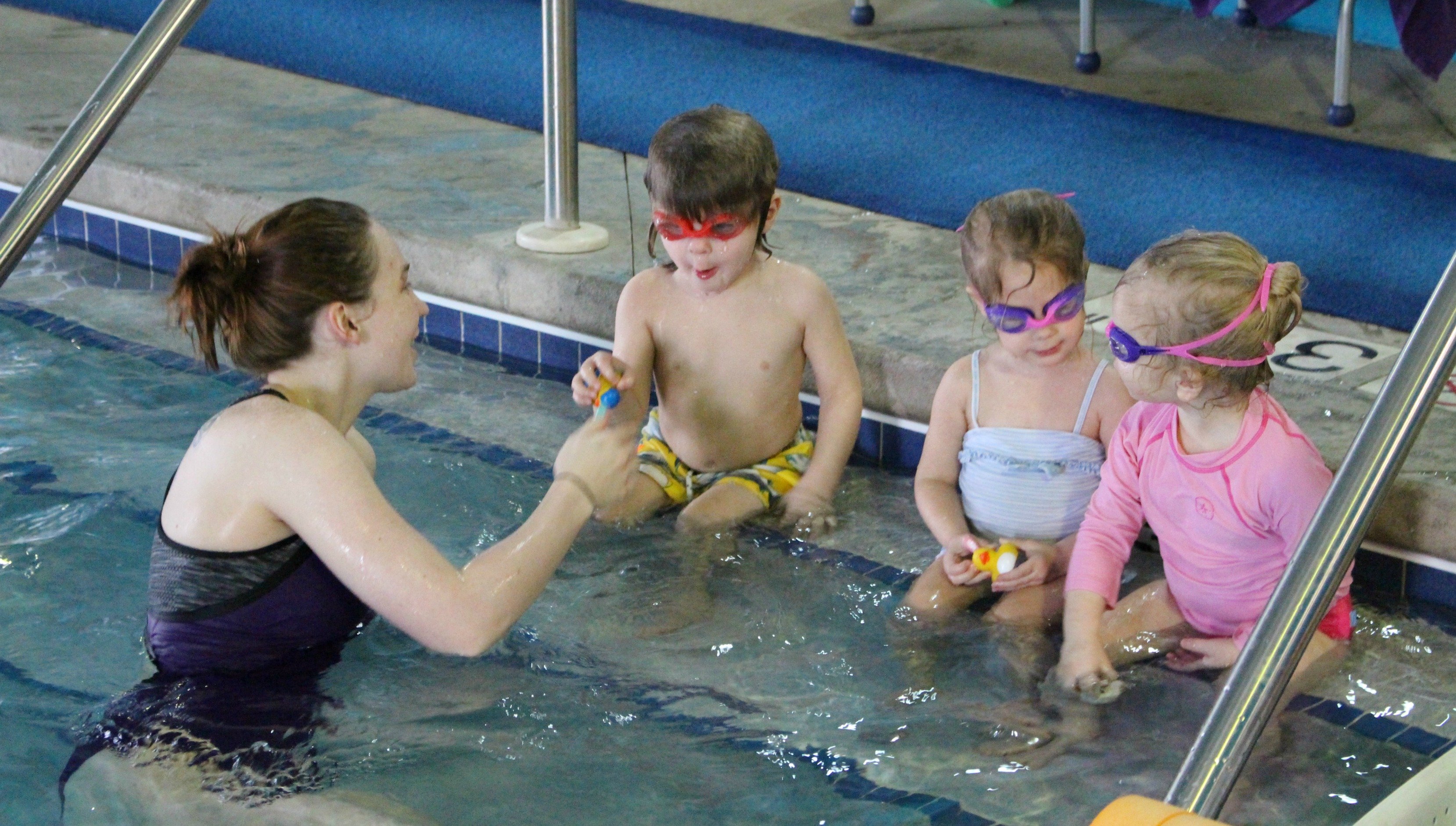
1 min read
Swimtastic is All About Relationships:Do You Know What the Teachers Think? When you think of Swimtastic what comes to mind? Do you just think of swim...
Did you know children can start swim lessons as young as six months old? In fact, this is the perfect time to introduce your little ones to the...

Visit our Water Safety Blog for expert advice, family tips, and more!